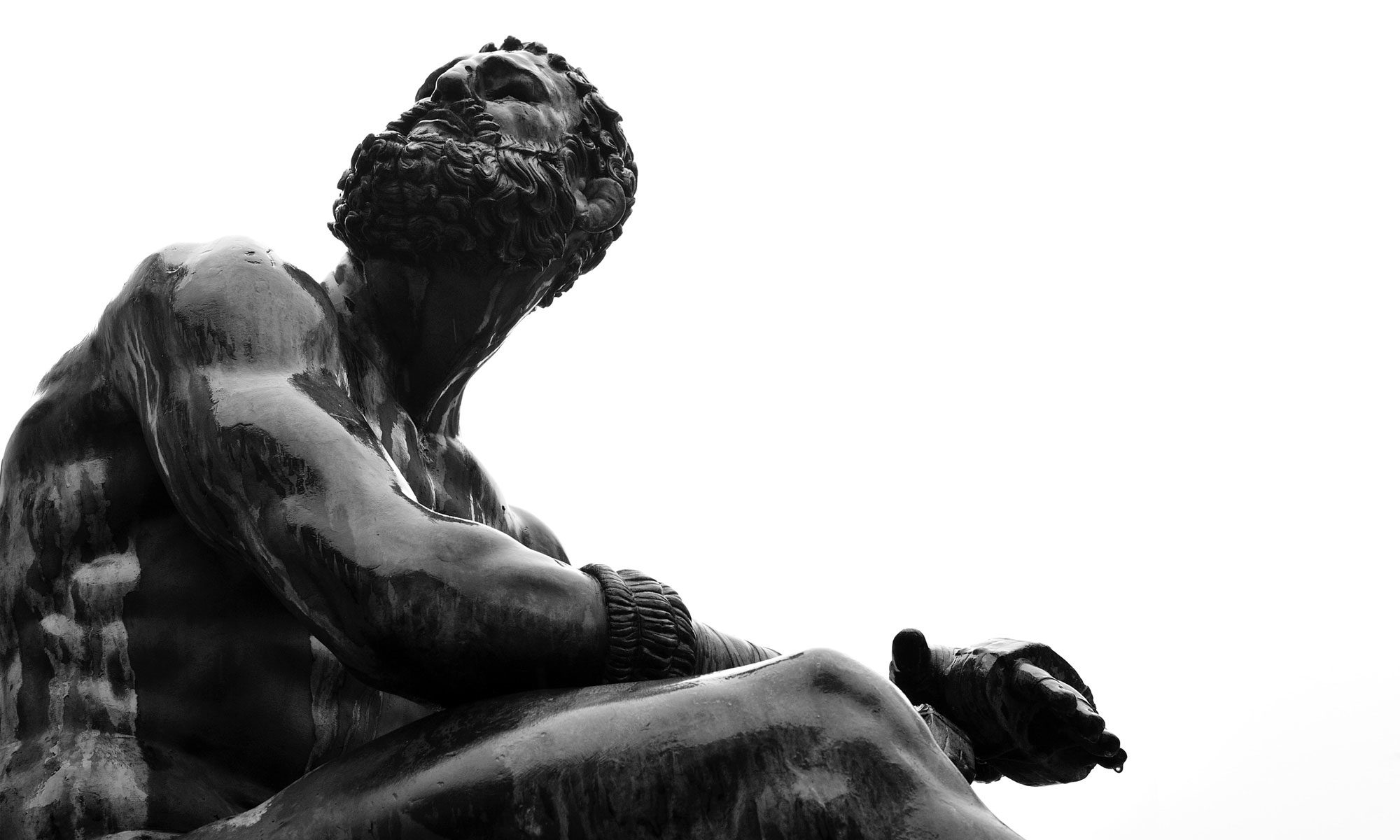As the US economy continues to react to various Trump fiscal initiatives, some still hope interest rates will fall to the levels of the first Trump era.
That extremely low interest rate period, begun in response to the financial problems of 2008/9, was itself unique. This analysis from yesterday’s Marketplace’s Daily Wrap suggests why that may not occur again.
|
As the GOP spending bill winds its way through Congress, the trajectory of U.S. federal debt, now 100% of GDP , is in the balance. What Congress and the president do with the finances of the U.S. government will seep out into the rest of the economy. Specifically, if the government must borrow a lot more, it affects the cost of borrowing for pretty much everyone else. Recall the period before the pandemic when interest rates were super low. Where people were “borrowing money at 3 and 4% for commercial real estate transactions or a house,” said Alice Frazier, president of the 154-year-old Bank of Charlestown in West Virginia. “The low interest rate period was not a normal period.” It was a dream, and we’ve woken up from it. Rates were low back then for many reasons. Inflation was not an issue. Also, after the financial crisis, the Federal Reserve started keeping short-term rates low and working hard to push long-term rates down. And investors around the world were traumatized by the crisis and particularly interested in safe assets, accepting low rates for that purpose. All of that has now changed. Inflation awoke, the Fed raised rates and, over time, international investors were less accepting of lower yields. . . Would-be homeowners started to think twice about that mortgage. “And on the business side there were investments, but our borrowers were much more measured, and this is operating type companies — landscapers or manufacturers,” sai d Frazier. This is generally what happens when interest rates in the economy go up. “Everything that the firm or the private sector would contemplate doing gets a little bit harder to do,” said Jesse Schreger, an associate professor at Columbia Business School. Higher rates haven’t been fun, especially if you’re a buyer trying to get a mortgage, a startup trying to lure investors, or a struggling restaurant chain trying to stay afloat. But so far, the economy as a whole has been strong and able to handle it. . . “If you take a look, for instance, at consumers, at households, you know, we think they’re in a very sustainable place. Balance sheets are relatively healthy. The use of credit and leverage does not appear unsustainable,” said Josh Hirt, a senior U.S. economist at Vanguard. . . But the question right now is whether borrowing costs across the economy, after going up a notch since the start of the pandemic, are going to go up another, perhaps more unpleasant notch — and not just for the private sector. “I think that really is gonna come down to the key question: how are we going to manage our fiscal situation in the U.S.,” Hirt said. |
|
|
|

I think we have more than our share of legitimate financial stress. At the same time if we are being brutally frank, I see a lot of consumers claiming duress when far too often those struggles are self-imposed. Young couples that claim they can’t buy a house, yet their account history is filled with $12 coffee purchases, $300 cell phone bills and $1,000 new phone purchases. And to top that off, too many of our credit union colleagues are providing indirect automobile loans to some of their most vulnerable members, empowering a 3rd party, the F and I departments of auto dealers (some of the worst people on the planet), to exploit our members. This abdication of one of our most sacred obligations, promoting thrift, is unconscionable.